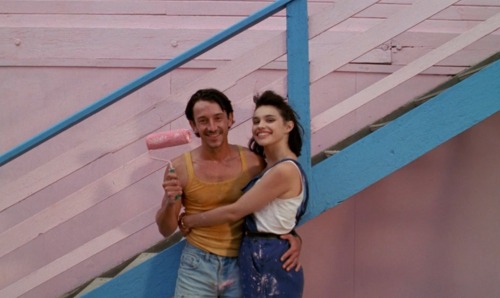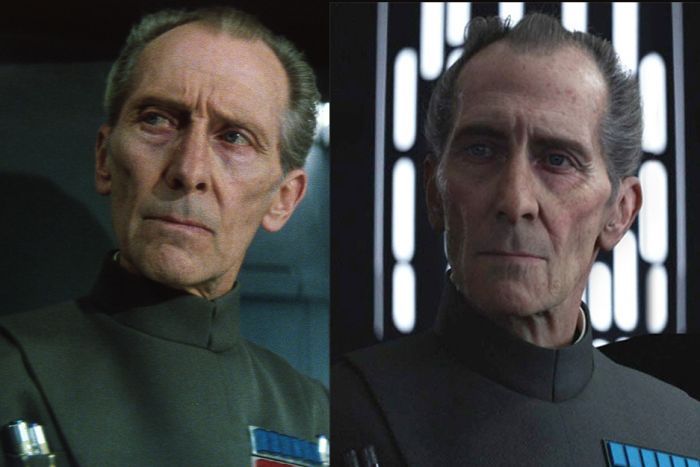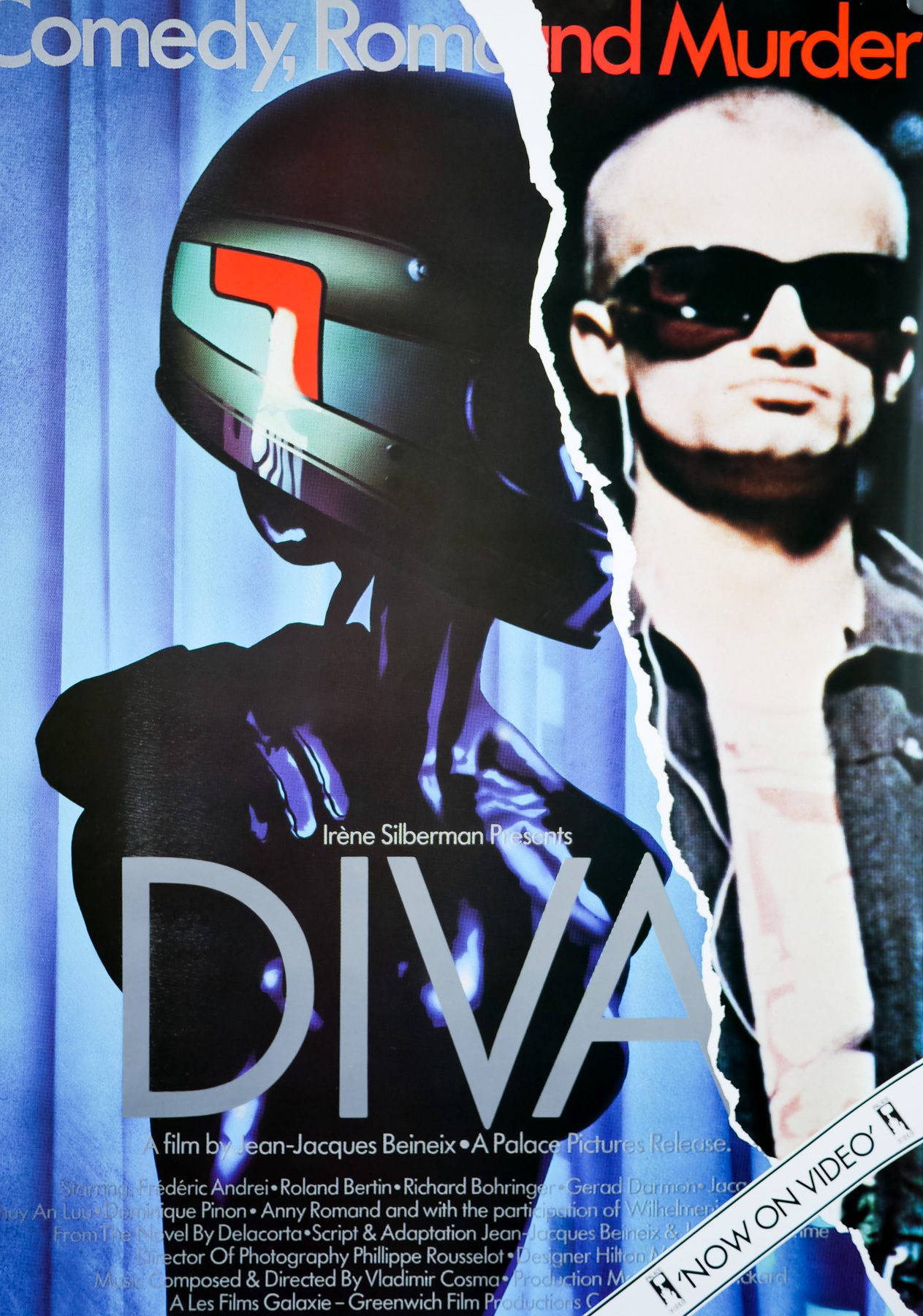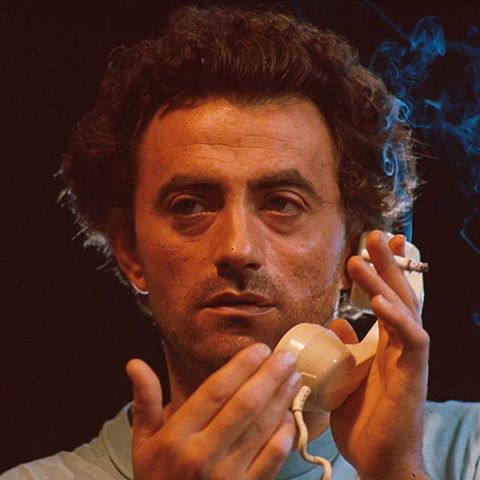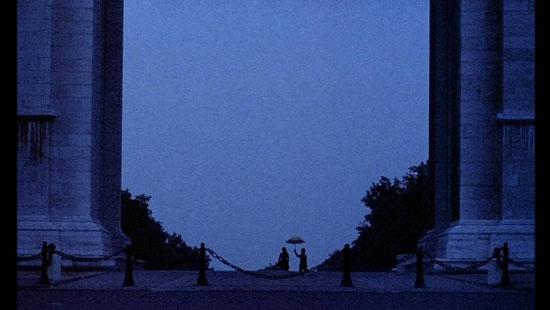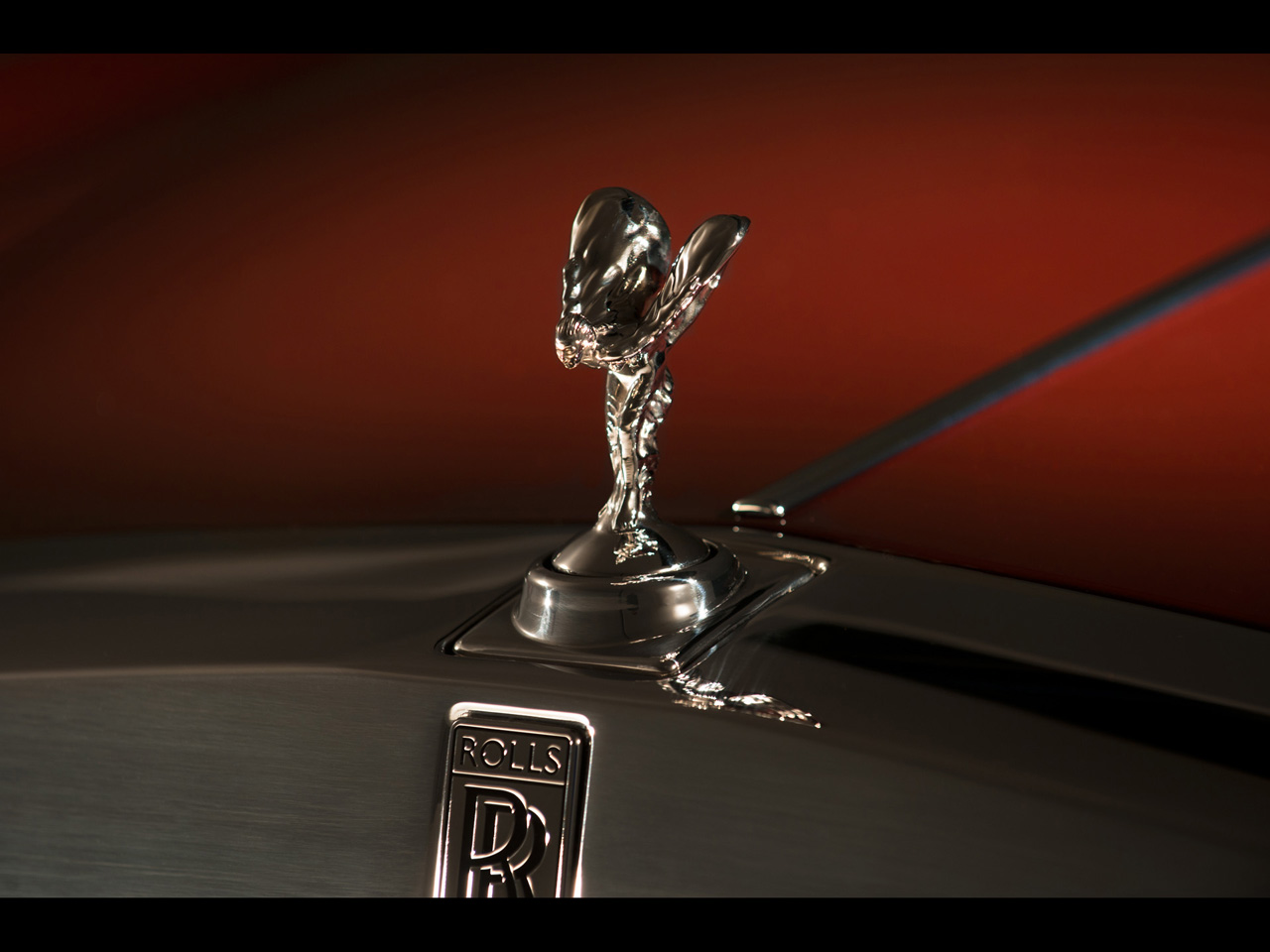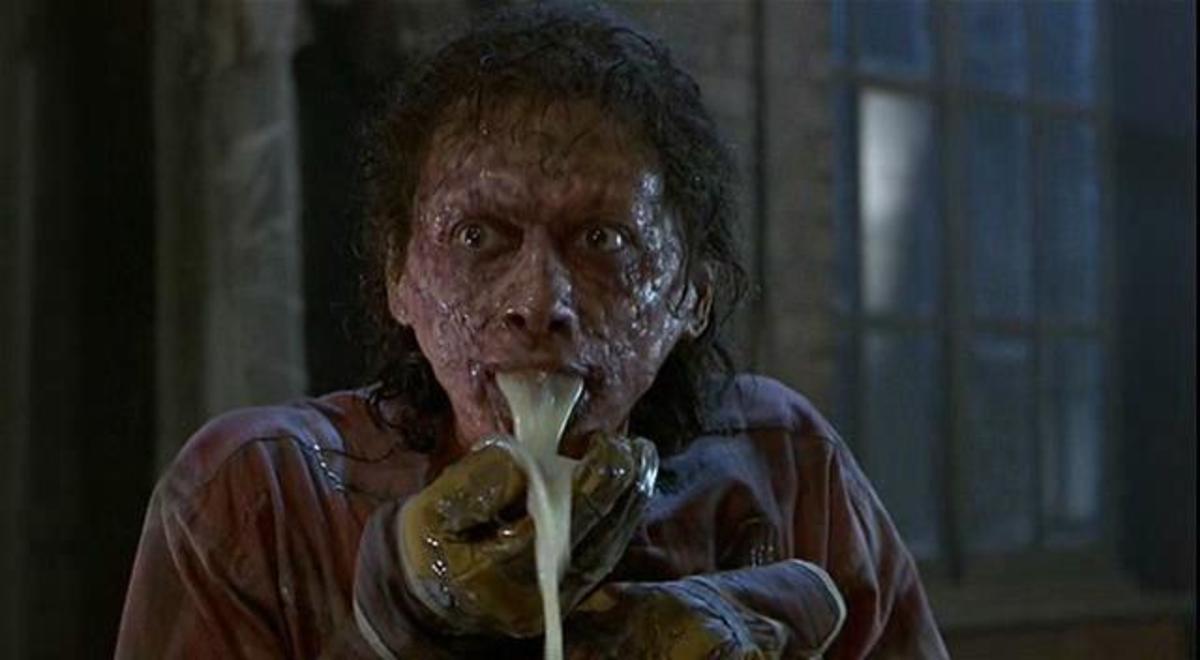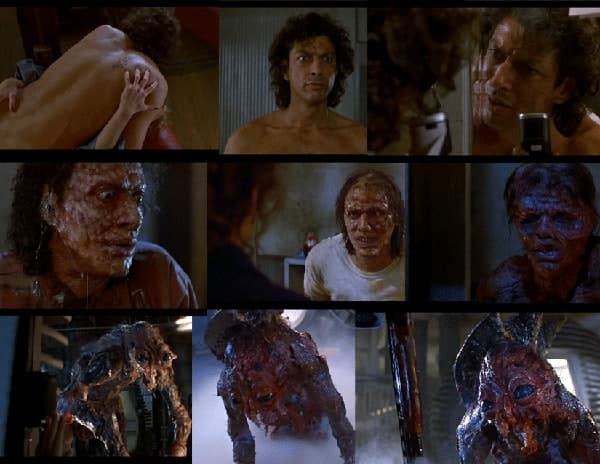Within this week of History of Film we focused mainly on the French film movement Cinema Du Look which spans most of the 1980s. From my past film class we covered a lot of topics under various french film movements. What I have come to notice is that most french films have a focus on cinematography which is clearly evident in Cinema Du Look considering the state of the French government at the time which was heavily weighted in socialism. This did not leave french filmmakers with much financial room, therefore influencing more creative ways in which to make a film.
With this week’s film Diva, it is clear that though the story itself is immersed in drama and spectacle and “the plot is both preposterous and delightful, put together out of elements that seem chosen for their audacity” as Roger Ebert put it- the focus is on the cinematography (Ebert, 1). To me the story of Diva is rooted in the course of french film making at the core. If we were to name drop- the films The 400 Blows (Truffaut) and Breathless (Godard) from the era of French New Wave is where it all begins. Both of these films have strange stories with a certain vagueness and dream like quality. What they all truly have in common with Diva is the attention to detail and artistry. All three films strive for new ways of utilizing cinematography as a tool to hook the audience.
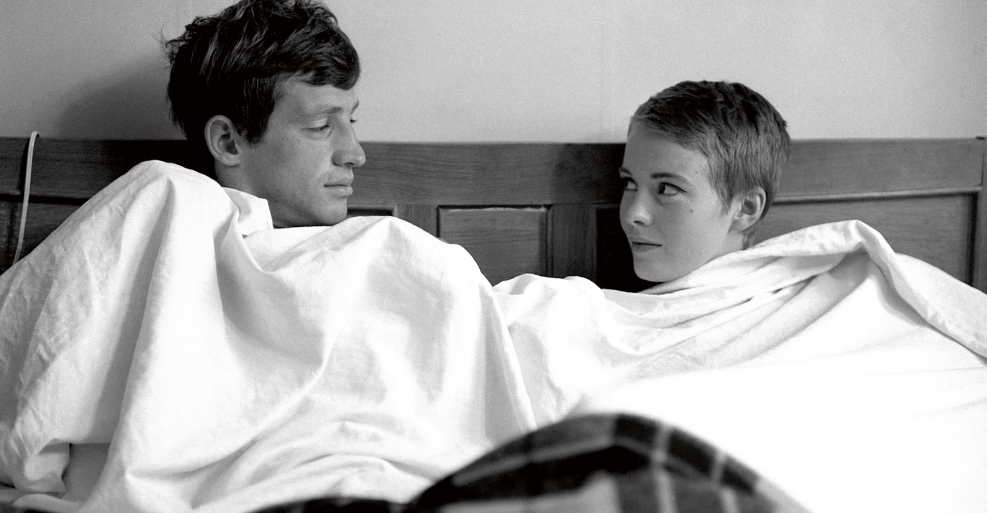


Overall the underlying theme of French film is wrought with spectacle and the unexpected or untapped creative. Many film directors of the time thought of themselves almost as rebels that challenged the traditional norm of making movies. They sought to bring light to artistry in entertainment. This sentiment though sometimes viewed as overworked from a modern lens carries through to films today. French film would go on to change American and international cinemas for decades and still carrying on today. What we may see as something original now is almost certainly derived from other places and contexts obviously not only limited to the film movements in France.
As one last note, I would implore anyone with an interest in film to further explore french new wave and cinema du look. These films may not be traditionally the most “exciting” or “heart wrenching” as the movies we see today but they are influential and very much responsible for what we see now at the theater. Les Enfants Terrible is overlooked most times, but this is definitely a film I hold close to my heart as one of my favorites of the french new wave era.

